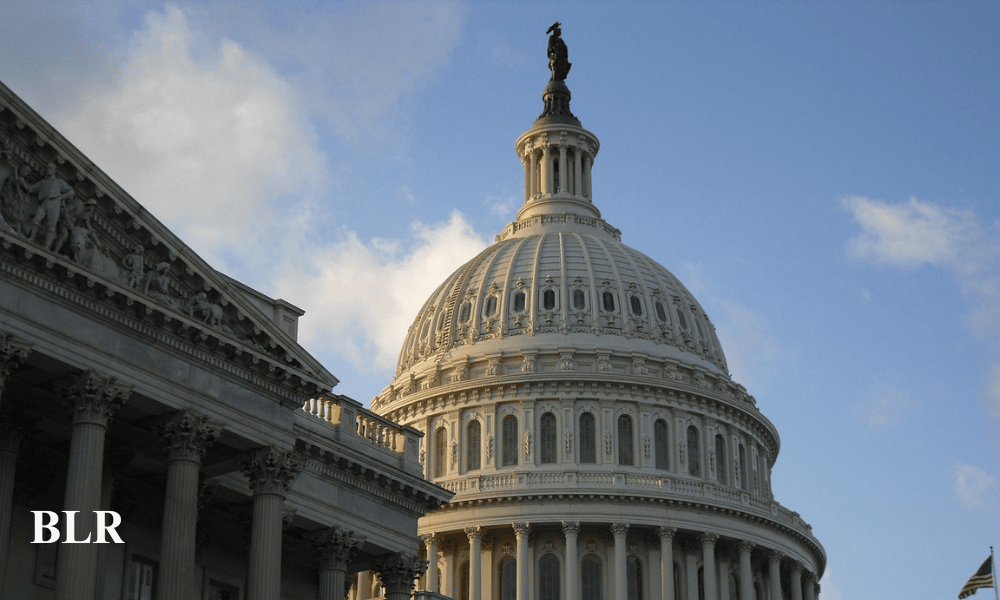Key Highlights
- Congress must approve funding by October 1 or face a partial government shutdown.
- Dispute centers on Affordable Care Act subsidies, with Democrats pushing for extensions and Republicans resisting.
- Shutdowns disrupt services, furlough workers, and can cost the economy billions.
The United States is once again on the brink of a US government shutdown as Congress races to meet a critical funding deadline. Lawmakers must pass a spending bill by Tuesday, October 1, to keep federal agencies open. Without a deal, large portions of the government will close, disrupting services, affecting employees, and weighing heavily on the US economy.
Why the Shutdown Threat Persists
Each year, Congress must approve funding for 438 federal agencies before the start of the new fiscal year. If lawmakers fail to pass a full budget, they often resort to short-term stopgap measures known as continuing resolutions. A shutdown occurs when neither is enacted.
This year’s impasse stems from a partisan battle over healthcare. Democrats are pushing to extend Affordable Care Act (ACA) subsidies, which lower health insurance costs for millions. Republicans, who hold majorities in both chambers, argue the subsidies should be debated separately from government funding.
Despite their advantage, Republicans need at least seven Democratic votes in the Senate, giving Democrats leverage in negotiations.
Impact on Agencies and Workers
If no agreement is reached, federal agencies must quickly divide operations into essential and non-essential categories. Critical services, such as national security, border patrol, and air traffic control, will continue, but employees in those roles will work without immediate pay.
Non-essential services, including passport processing, IRS assistance, and national park staffing, will be suspended.
During the 2018-2019 shutdown, nearly 800,000 government workers were furloughed or forced to work without pay. Although Congress generally approves back pay for federal staff, contractors often do not receive compensation. This has long fueled concerns that federal workers face layoffs or lasting financial hardship during prolonged shutdowns.
Economic Fallout Could Be Severe
The economic consequences depend largely on how long the shutdown lasts. Brief closures may have minimal impact, but extended ones ripple through communities nationwide. The 35-day shutdown in 2018-2019, the longest in U.S. history, cost an estimated $3 billion in lost economic output.
This year, analysts warn that financial markets, already unsettled by trade disputes and rising interest rates, could see heightened volatility. Economists caution that another shutdown could hurt consumer confidence, disrupt business operations, and undermine investor sentiment.
A Recurring Political Battle
Shutdowns are a recurring feature of U.S. politics, with 14 instances since 1981. They usually arise from disputes over spending priorities or policy riders attached to funding bills.
With the October 1 deadline days away, the outcome of negotiations will determine whether Americans face another government shutdown, and just how disruptive it will be for public services, federal workers, and the broader US economy.


